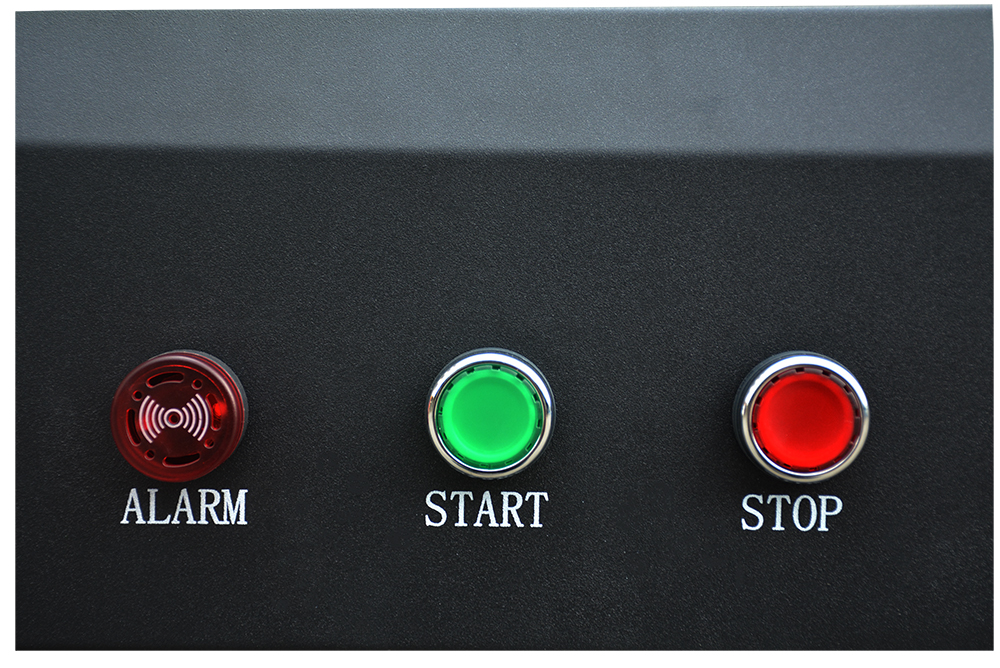An Overview of UV Flatbed Printer Technology
An Overview of UV Flatbed Printer Technology
In the realm of digital printing, UV flatbed printer technology has emerged as a game-changer, revolutionizing the way images and designs are transferred onto various surfaces. This technology, known for its versatility, precision, and efficiency, has gained significant popularity across industries such as advertising, packaging, signage, and even fine art reproduction. This article aims to provide an overview of UV flatbed printer technology, exploring its working principles, key features, applications, advantages, and considerations for adoption.

Understanding UV Flatbed Printer Technology
UV flatbed printers are a type of digital printing machinery that utilizes ultraviolet (UV) light to instantly cure or dry ink as it is applied to a substrate. Unlike traditional printing methods that require time for inks to dry or cure through evaporation or chemical reactions, UV flatbed printers employ UV lamps to emit high-intensity light that initiates an immediate polymerization process in the ink, resulting in instant drying and curing.
These printers are designed with a flat, horizontal bed where the material or substrate to be printed is placed. The print head, which contains the inkjet nozzles, moves across the stationary substrate, depositing ink droplets in precise patterns to form the desired image or design. The UV lights, positioned either above or below the print bed, illuminate the ink immediately after deposition, solidifying it and ensuring sharp, durable prints.
Key Features and Components
UV flatbed printers are equipped with several features that contribute to their versatility and effectiveness. Some of the notable components and features include:
Print Heads: High-resolution print heads with multiple nozzles ensure precise ink deposition, allowing for detailed and vibrant prints.
UV Lamps: These are crucial for instant curing of the ink. Depending on the printer model, UV lamps can be positioned differently to optimize curing efficiency.
Ink System: UV flatbed printers use specialized UV-curable inks that are formulated to cure quickly under UV light, offering excellent adhesion and durability on various surfaces.
Material Compatibility: The ability to print on a wide range of materials, including plastics, glass, metal, wood, and even flexible substrates, makes UV flatbed printers highly versatile.
Software and Interface: Advanced printer software allows for easy design creation, color management, and print job setup. User-friendly interfaces enable operators to control print parameters such as ink density, print speed, and curing intensity.
Applications of UV Flatbed Printer Technology
The versatility and efficiency of UV flatbed printers have led to their widespread adoption in numerous industries. Some of the key application areas include:
Advertising and Signage: UV flatbed printers are extensively used for producing high-quality signs, banners, posters, and displays for both indoor and outdoor use.
Packaging Industry: The ability to print on various packaging materials, such as corrugated cardboard, plastics, and metallized films, makes UV flatbed printers ideal for custom packaging solutions.
Decorative Printing: From interior design elements to personalized gifts, UV flatbed printers enable the creation of unique, decorative items with intricate designs and vibrant colors.
Fine Art Reproduction: Artists and photographers leverage UV flatbed printers for reproducing their artwork with exceptional detail and color accuracy.
Industrial Applications: UV flatbed printers are also used in industrial settings for printing functional components, labels, and markings on products.
Advantages of UV Flatbed Printer Technology
The adoption of UV flatbed printer technology offers several advantages over traditional printing methods:
Instant Curing: UV inks cure instantly under UV light, allowing for immediate handling and finishing of printed materials without the risk of smudging or bleeding.
Enhanced Durability: UV-cured inks create prints that are highly resistant to fading, scratching, and chemicals, ensuring long-lasting results.
Versatility: The ability to print on a wide array of materials and surfaces expands creative possibilities and application scope.
Environmental Benefits: UV flatbed printing is generally more environmentally friendly due to reduced ink waste and the absence of solvents in UV-curable inks.
Cost-Effectiveness: While the initial investment may be higher, UV flatbed printers offer long-term cost savings through faster production times, reduced ink consumption, and minimal maintenance requirements.
Considerations for Adoption
While UV flatbed printer technology presents numerous advantages, there are considerations to keep in mind before adopting this technology:
Initial Investment: UV flatbed printers can be more expensive than traditional printers, requiring a careful evaluation of return on investment.
Operator Training: Proper training is essential to ensure optimal printer performance and to avoid costly errors.
Ink and Maintenance Costs: UV-curable inks and printer maintenance can be more expensive than conventional inks and maintenance.
Ventilation and Safety: UV lights emit ozone, which requires proper ventilation to maintain a safe working environment. Additionally, operators should wear appropriate protective gear.
Conclusion
UV flatbed printer technology has transformed the printing industry by offering unparalleled versatility, precision, and efficiency. Its ability to print on various materials, combined with the instant curing capabilities of UV inks, has opened up new creative and commercial avenues. While adoption requires careful consideration of initial investment, operator training, and safety measures, the long-term benefits of UV flatbed printers, including cost savings, enhanced durability, and environmental advantages, make them a compelling choice for businesses seeking to stay ahead in the competitive printing market. As technology continues to advance, UV flatbed printers are poised to play an increasingly significant role in shaping the future of digital printing.
